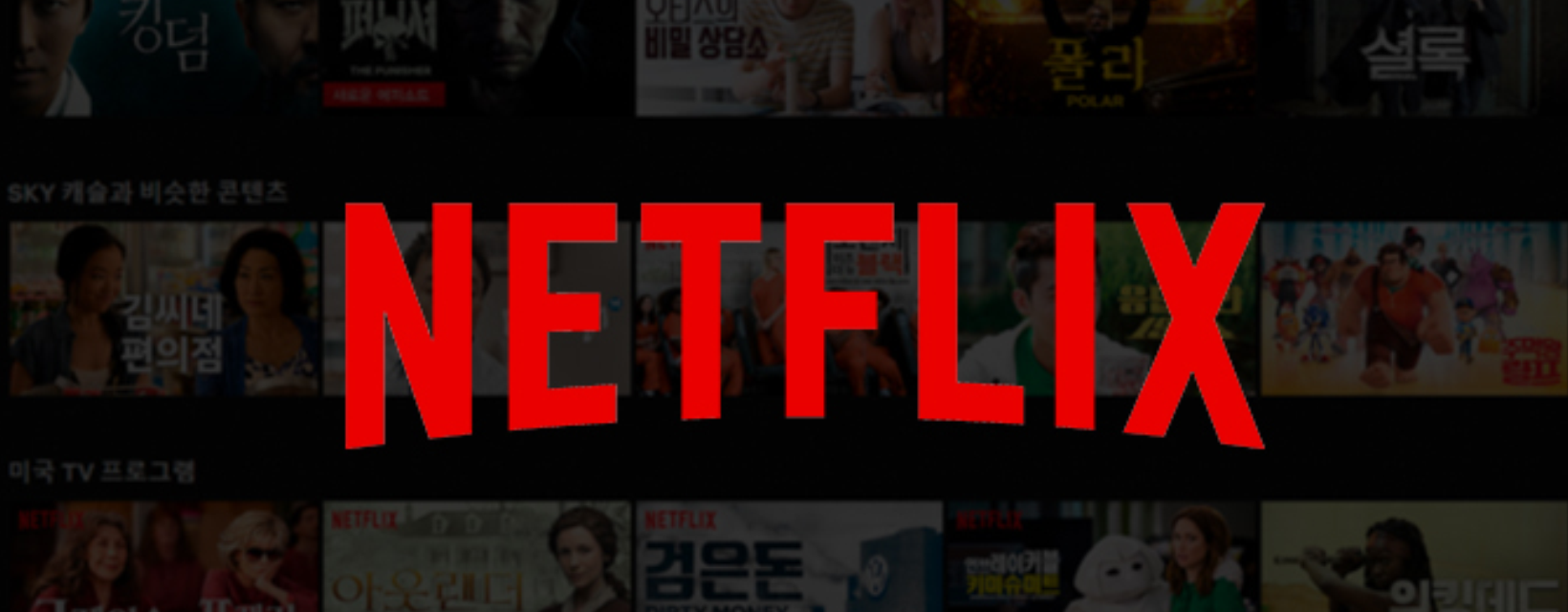Netflix shares are down 8% based on soft subscriber guidance for the September quarter. Keep in mind, even with the pullback, the company has gained $70B in market cap this year. Investors are entering what could be six quarters of noise around Netflix reporting metrics, given the impact of the pandemic on moving subscribers forward this year. This implies Mar-22 will be the next quarter with clean year over year comparisons.
Putting guidance into perspective
For Sep-20, factoring in a typical Netflix beat implies new sub adds of 3.4m, which will be down 50% year over year. That soft guidance should not be a surprise. Back in December of last year, analysts expected Netflix to add about 25m subs in 2020. Incredibly, the company has already met those full-year expectations, pulling 25m new subscribers into the first half of the year. For the full year of 2020, we expect the company will add an additional 35m new subscribers. In other words, while growth is slowing, for the year the company is on target to outperform the Street’s original paid subs add expectations by 40%. Not surprisingly, factoring in the after-hours pullback, NFLX shares are up about 40% year-to-date.
Takeaways:
- The company is delivering incredible value to consumers. We estimate Netflix costs a typical user about $0.37 an hour, compared to cable at $1.03, and a movie at $7.11. This value is driving sub growth and retaining customers.
- On the June Quarter Earnings Interview, the company left the door open for price increases next year on a region by region basis. That said, we believe it will become progressively more difficult for Netflix to raise prices. This is because other fast-growing forms of entertainment are even cheaper. We estimate Fortnite costs a typical user $0.18 per hour, TikTok even less. Additionally, Peacock joining Apple and Disney at $5-$7 a month makes it more difficult for Netflix to raise its $9 per month rate.
- Netflix remains more leveraged than a typical tech company with about $16B in debt and $7B in cash. The debt increased by $1B in the quarter and is used to fund content.
- The company also announced Chief Content Officer Ted Sarandos will become a Co-CEO and join the Board of Directors. Reed Hastings, will be C0-CEO, and Chairman. Given the two have worked together for decades, the announcement is not a surprise and likely means little will change with the company’s strategy given Ted has been instrumental in building value over the past decade. This new role also signals Hastings to move to Chairman only in the years to come.
